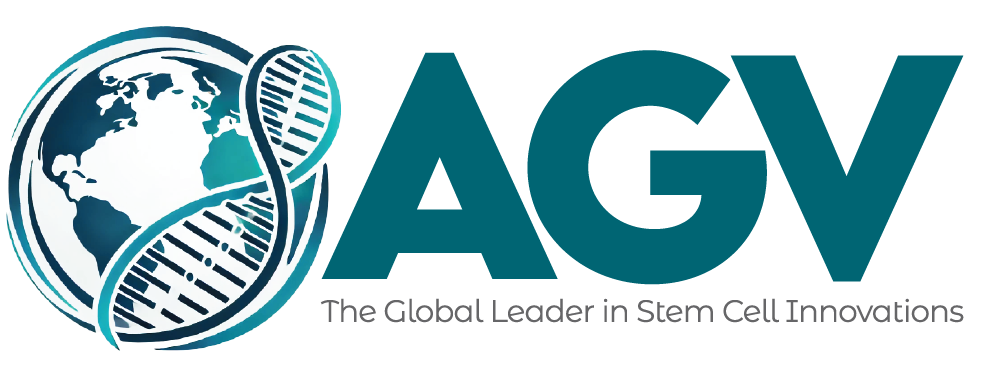The information provided on this website is for educational and informational purposes only. It is not intended to substitute for professional medical advice, diagnosis, or treatment. Always consult a qualified healthcare provider regarding any medical concerns or treatment options specific to your condition.
Statements on this website have not been reviewed or approved by the United States Food and Drug Administration (FDA)
